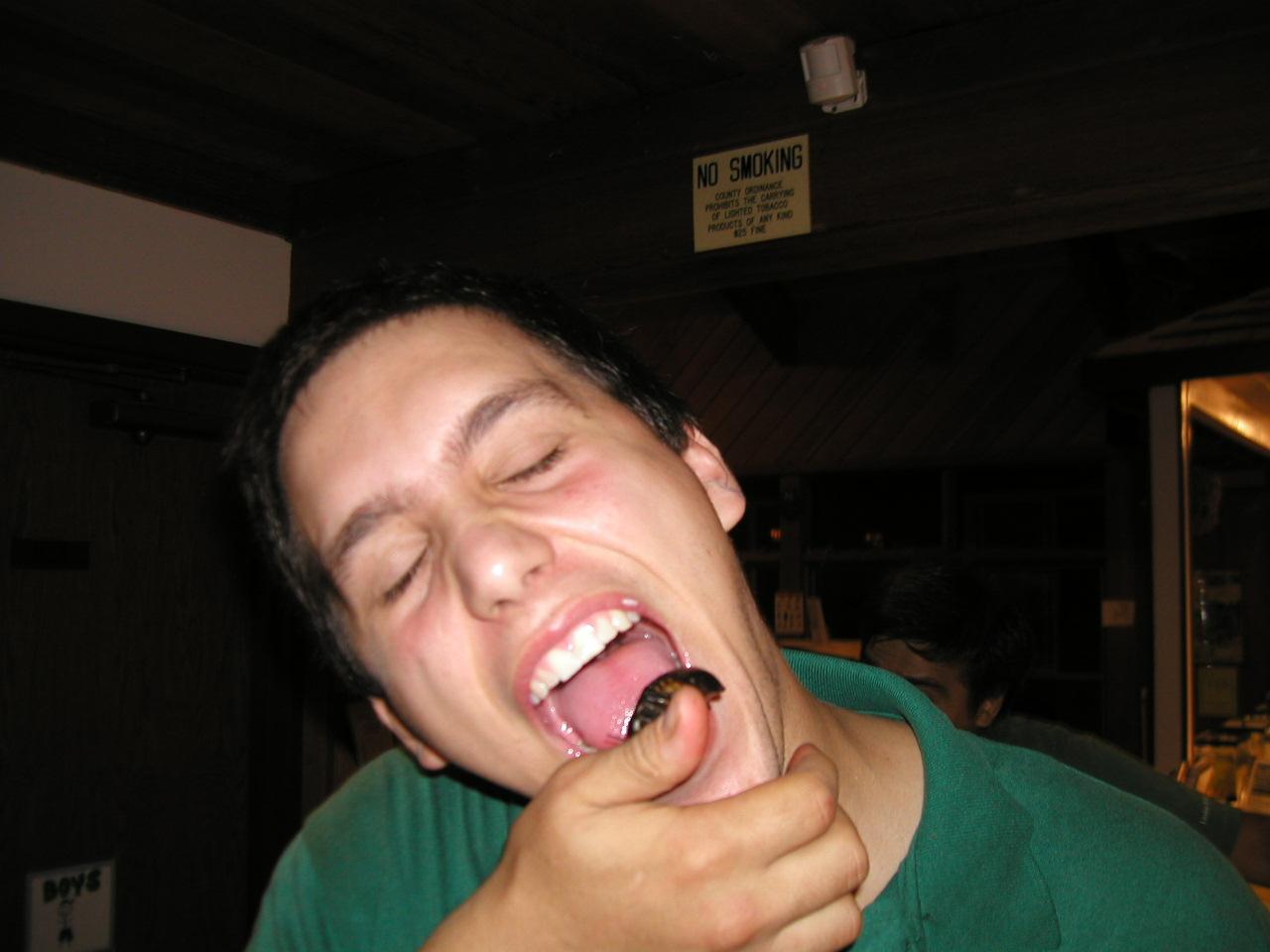There’s been a lot of crap published on TikTok but this one actually involves crap.
Faima Bakar of Metro reports that on TikTok, viral videos showed people sitting backwards and facing the flush while watching Netflix and munching on crisps. The trend started with TikTokker @AmyWoahh who said she had a life hack for her 11.6million followers. She told viewers the trick would change their lives forever.
 ‘You have been pooping wrong,’ she says. ‘What I want you to do is poop backwards. Get your favourite snacks, get your favourite show and that’s how you poop. It’s the best of all times. You just sit there jamming and poopin.’
‘You have been pooping wrong,’ she says. ‘What I want you to do is poop backwards. Get your favourite snacks, get your favourite show and that’s how you poop. It’s the best of all times. You just sit there jamming and poopin.’
Karla from Texas joined in, adding in her iPad to watch Netflix while drinking Corona and eating crisps. We just hope it was satire. While most viewers were disgusted, some said the sitting backwards and watching Netflix wasn’t a terrible idea. Amy’s video has been viewed more than three million times. Many people commented saying they would never eat in the bathroom. One person quipped: ‘My food can’t tough bathroom air,’ while another said: ‘I refuse to let food in the bathroom, it’s like adding the odour to it.’ ‘This is cool and all, but who eats in the bathroom?’ asked another. One doctor commented on the video advising against it.



.jpg) misdemeanor in April after authorities viewed the video.
misdemeanor in April after authorities viewed the video. handle, Drizzt1 hangs out on the official fan message boards on the Avs’ website.
handle, Drizzt1 hangs out on the official fan message boards on the Avs’ website. cooking oil, peppers, and salt. Korkuc told authorities that his pet feline was "possessive, greedy, and wasteful" and that he intended to cook and eat it. Korkuc has been charged with animal cruelty. …
cooking oil, peppers, and salt. Korkuc told authorities that his pet feline was "possessive, greedy, and wasteful" and that he intended to cook and eat it. Korkuc has been charged with animal cruelty. ….jpg) I prepared a nice meal for my husband. He was hungry but also had to poop. So, he took his plate into the bathroom and ate it while he was pooping. To this day I cannot eat ham.
I prepared a nice meal for my husband. He was hungry but also had to poop. So, he took his plate into the bathroom and ate it while he was pooping. To this day I cannot eat ham. over to the restaurant or the retailer. Call the local health unit. Otherwise, the proof may be gone (at least take a picture with your cell phone, but they can be photoshoped too easily).
over to the restaurant or the retailer. Call the local health unit. Otherwise, the proof may be gone (at least take a picture with your cell phone, but they can be photoshoped too easily). pentastomiasis, gnathostomiasis and sparganosis) by eating the meat of reptiles such as crocodiles, turtles, lizards or snakes (or iguanas, right).
pentastomiasis, gnathostomiasis and sparganosis) by eating the meat of reptiles such as crocodiles, turtles, lizards or snakes (or iguanas, right). 